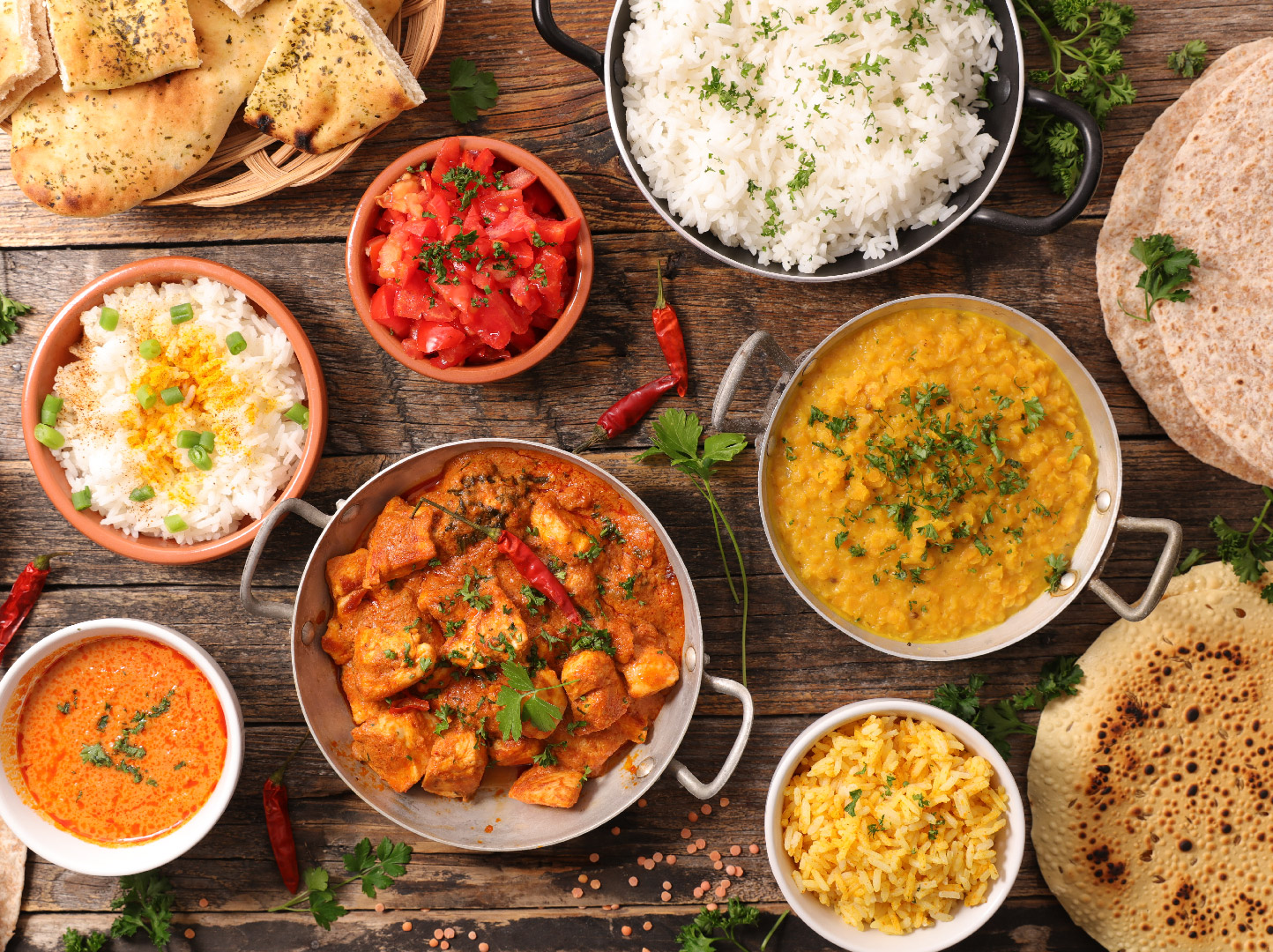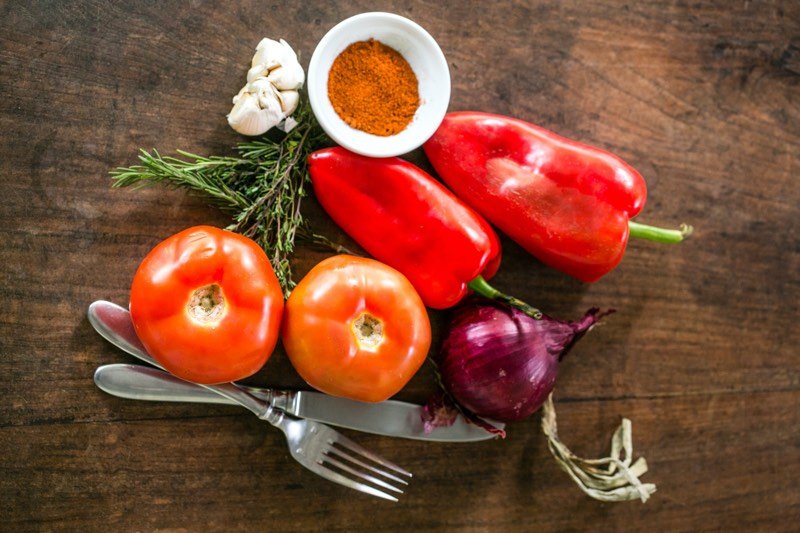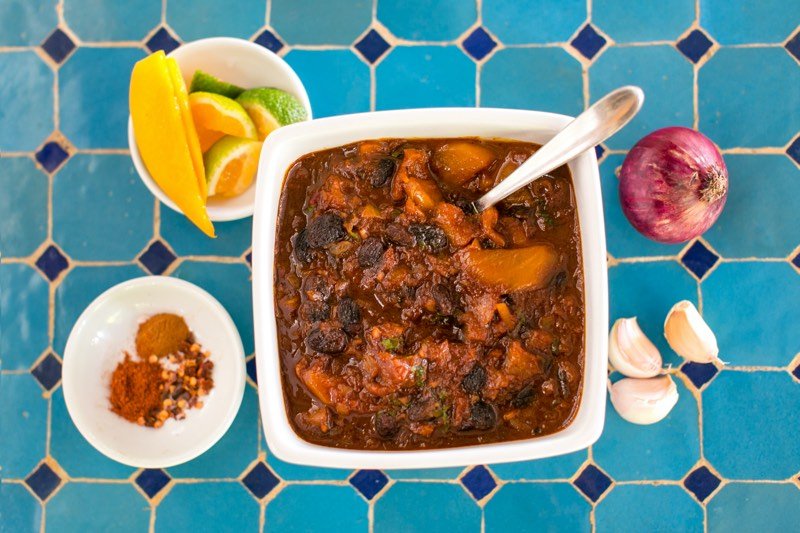Indian dishes are vastly diverse, and not to mention delicious because of the variety of flavors and regions. Indian cuisine is continually put on foodie lists all over the world.
But that’s not all.
Here are a few reasons to consider visiting an authentic Indian restaurant:
Download These Indian Recipes Now FOR FREE!
Indian Cuisine is Healthy
Authentic Indian recipes are full of organic ingredients that are proven to be healthy. Examples include common Indian spices like Turmeric that help with inflammation, prevention of Alzheimer’s, and improve heart health. Being plant-based, Indian cuisine is rich in a variety of grains, nuts, pulses, and seeds (that provide healthy oils). It’s the myriad health benefits of Indian cuisine that make Indian food and spices preferred on menus at many a detox retreat. Speaking of which, you can book your total body and mind detox retreat here.
Indian Cuisine is Rich in Variety
They say variety is the spice of life. That probably came from the Indian cuisine playbook. From different flavors to different smells to different looks, Indian cuisine is so full of variety there’s always something to look forward to with every meal. Yes, that includes simple Indian dinner recipes.
Indian Cuisine Offers an Exceptional Experience
Remember that time you and a friend sit down for dinner at an Indian food restaurant. The smell of jasmine and spice awakens your senses. There is a busy clatter of pots and pans coming from the open kitchen. With Indian cuisine, it’s more about the experience around the preparation and consumption of the food. This makes it one the best for bonding with family and friends.
Sitting in an Indian restaurant and waiting to place your order?
Chances are your mouth is already watering as the waiter comes over with a menu full of delectable Indian dishes. Time for the ultimate question: what should you eat? What are the best Indian dishes to try?
With so many popular Indian dishes on the menu, knowing what to order can be quite a daunting task. Especially for those who are not veterans of Indian food eating, making a decision may be difficult.
We created this article for those moments when you’re looking at a menu, feeling dizzy with delight and confusion.
Whether you’re in need of help ordering at a restaurant or are interested in taking a stab at cooking, we’ve got you covered. From simple Indian dinner recipes to the best Indian dishes, this article will walk you through some of the tastiest Indian meals you must have on your radar.
Read on to learn about the best top 10 Indian food dishes and how you can recreate them for yourself.
1. Chicken Makhani (Butter Chicken)
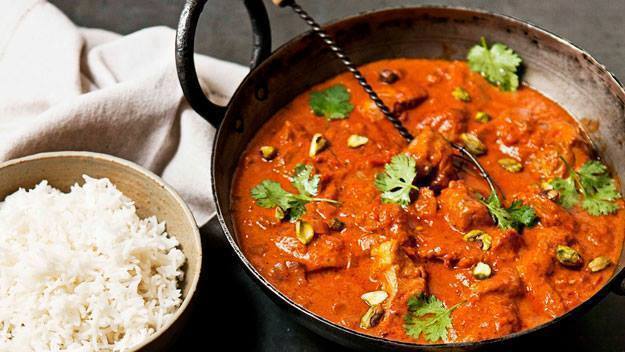
Butter chicken is mouth-watering, tender chicken, cooked in a spiced tomato sauce. It’s traditionally cooked in a tandoor (a cylindrical clay or metal oven), but may be grilled, roasted or pan-fried in less authentic preparations.
Always make the gravy by first cooking fresh tomato, garlic, and cardamom down into a bright red pulp. This pulp is then pureed after cooling. Then, the chef adds butter, various spices, and Khoa (dried whole milk).
Vegetarian Indian Dish Option:
Though a lot of traditional Indian food uses meat, there are plenty of Indian vegetarian dishes. You can make your own butter chicken vegetarian by substituting chicken for tofu.
You can mimic the taste and texture of chicken by tossing tofu pieces with corn starch. Then, bake the pieces in the oven and voila! You have slightly crispy, delicious, buttery vegetarian “chicken”.
2. Samosas (Deep-Fried Potato/Veggie Dumpling)
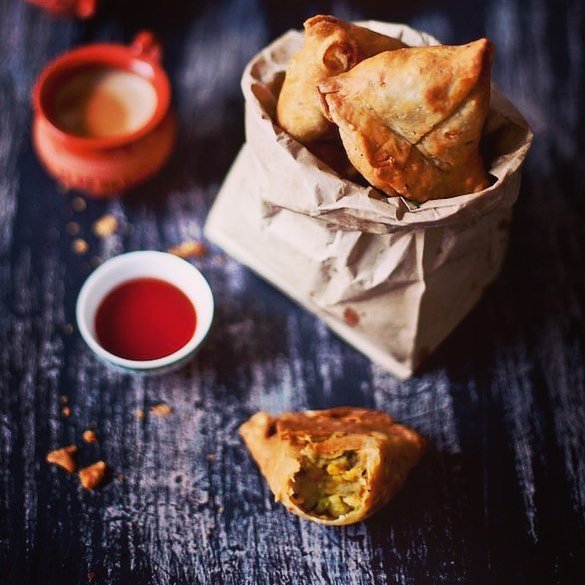
Samosas are a very popular traditional Indian Dish. Probably because samosas are a tasty, fried, or baked pastry with savory fillings.
Spiced potatoes, onions, peas, and lentils fill traditional samosas. But sometimes, they are made with ground lamb, ground beef or ground chicken.
Good news for all of you Indian food lovers and solely plant-based eaters. Indian samosas are usually vegan! That means the pastry is free of eggs and dairy products.
Samosas are often accompanied by a sweet mint sauce or chutney (scroll down for Chef Marie’s sweet and savory chutney recipes!). These puffy treats are common street food. You can find tourists and Indian natives alike eating them as a midday snack or a side to the main dish.
3. Aloo Gobi (Potato and Cauliflower)
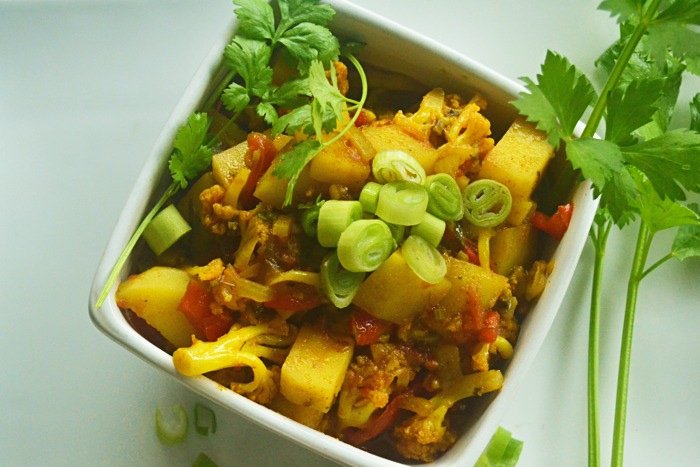
Aloo Gobi is a dry, vegan Indian dish, made with potatoes (aloo), cauliflower (gobi), and Indian spices. It has a warm, yellow-orange color, because it uses a staple in Indian dishes: turmeric.
Aloo Gobi occasionally contains kalonji and curry leaves as well. Other common ingredients include garlic, ginger, onion, coriander stalks, tomato, peas, and cumin. Throw it all together to roast in the oven and you’ve got one of the most popular dishes ordered in Indian restaurants.
4. Naan (Flatbread)
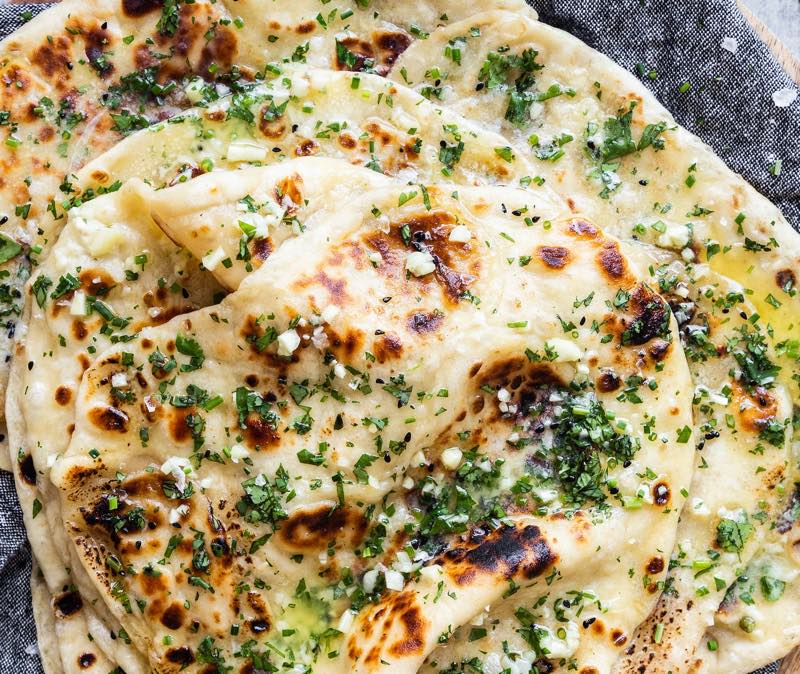
If you’ve never experienced good naan bread, your life has been much less delicious than it could be.
Naan is a leavened, oven-baked flatbread. You normally serve Naan with all meals.
This bread is the perfect combination of chewy and crispy, buttery and garlicky. It’s exactly what every Indian dish needs to complement the otherwise bright and intense flavors.
There are many different types of naan breads depending on what you’re in the mood for.
- Butter and garlic naan bread are the classics.
- Paneer naan is a delicious Indian cheese type.
- Chili naan is great for those spice fiends.
- And of course, there’s always the classic, no-fuss, plain naan.
However you eat it, naan acts as almost a spoon to soup up sauce or dipped into chutneys. An Indian meal isn’t complete without naan at its side.
5. Matar Paneer (Peas and Cooked Cottage Cheese)
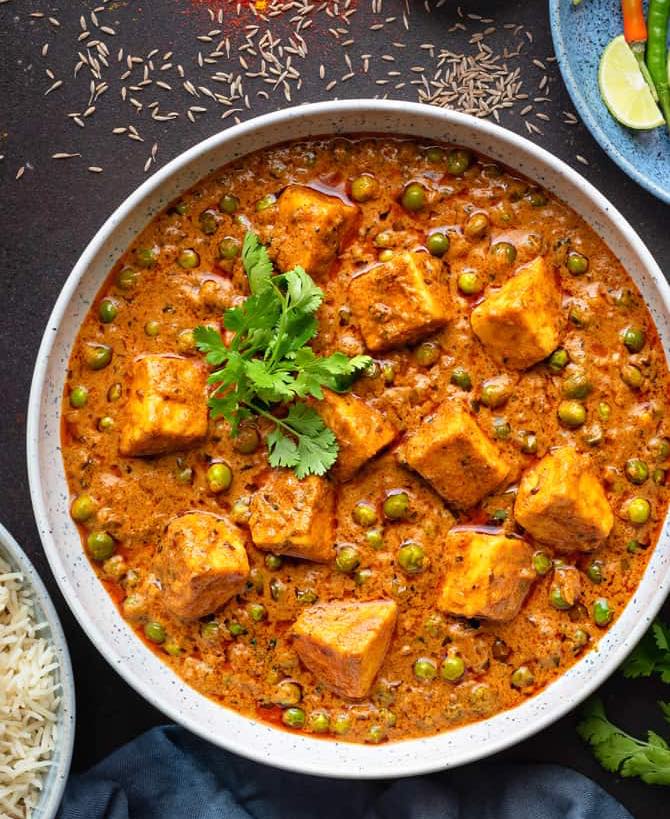
Here’s another for the “Indian vegetarian dishes” category!
Matar paneer comes from regions of northern India. It’s made up of a yummy tomato sauce over paneer (farmer’s cheese) and peas, and spiced with garam masala.
Like many Indian dishes, matar paneer is best when paired with a cooling side dish, like cream or bread.
Depending on the region, it’s likely to be served with rice, naan, paratha, poori, or roti.
Enjoy dipping your bread (or Naan) into the tomato gravy after you eat up the cheese and veggies.
Whether you choose naan, yogurt, aloo, or cream, to pair with this dish, your taste buds will thank you!
6. Rogan Josh (Curried Meat)
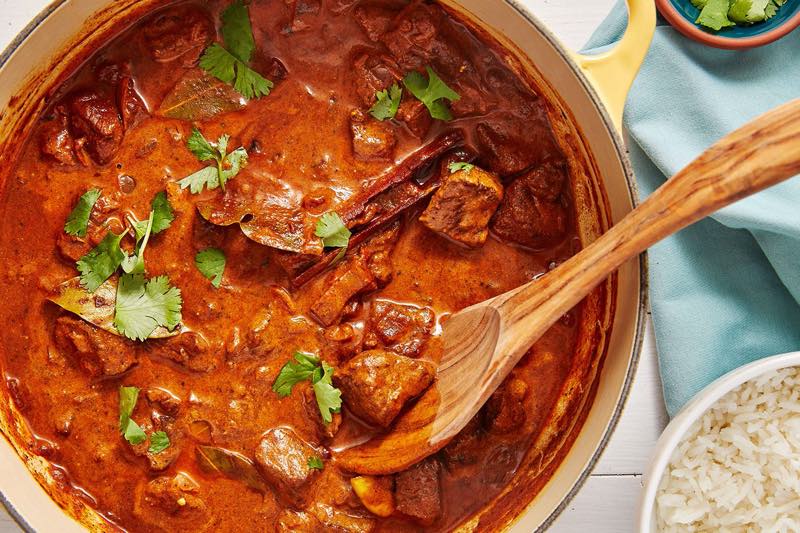
Rogan josh is a staple of Kashmiri (region in northern India) cuisine. It’s one of the main dishes of a Wazwan: a Kashmiri multi-course meal.
Rogan Josh consists of braised lamb chunks cooked with gravy. Generally, Indian chefs make this gravy from browned onions, yogurt, garlic, ginger, and aromatic spices.
Known for its brilliant red color, a classic rogan josh uses liberal amounts of dried Kashmiri chilies.
Make sure to de-seed these babies before you use them unless you’re a glutton for punishment. Though they are less hot when de-seeded, Kashmiri chilies tend to be milder than cayenne chilies. You will find cayenne chilies in many other Indian dishes.
Most of the spiciness from a rogan josh comes from the fragrance of the dish rather than the heat. It’s a yummy treat that is mild enough for Western palates, but intense enough for spice-lovers. If you love lamb, this dish is a must-try.
7. Tandoori Chicken (Chicken Marinated In Yogurt and Spices)
Tandoori chicken is a popular North Indian dish consisting of roasted chicken prepared with yogurt and spices. The name comes from the type of cylindrical clay oven, a tandoor, in which the dish is traditionally prepared.
The chicken is marinated in yogurt and seasoned with the spice mixture tandoori masala. Indian chefs traditionally use cayenne pepper, red chili powder, or Kashmiri red chili powder to give it a fiery red hue. This dish goes so well with steaming basmati rice and crispy naan.
Get these Indian Food Recipes For Free!
Indian Food Recipes From Blue Osa’s Very Own, Chef Marie:
Looking for something made with extra love? The mama of Blue Osa, Chef Marie, has crafted the following Indian cuisine is continually put on foodie lists all over the world and no wonder, with the variety of flavors and regions, Indian food is vastly diverse, and not to mention delicious! with care.
8. Chana Aloo Curry (Chickpea Potato Curry)
A sultry blend of ginger, tomato, curry, and garlic marinate potatoes, chickpeas, and onions. These veggies and spices blend together to create the magical, Chana Aloo Curry. Though more traditional recipes may be spiced with chilli or cayenne pepper, Chef Marie’s special twist includes fresh jalapenos.
9. Shu’Bah’ (Tomato Soup)
Shu’Bah’, sometimes referred to as “Shorba”, is a light, Indian-spiced tomato soup. This is an Indian vegetarian dish made by simmering tomatoes, onions, spices, and ghee (clarified butter). The ginger, turmeric, cardamom, and cinnamon spices give it the classic Indian symphony of flavor.
When ‘Shu’Bah’ is done right, it has a medium-thick consistency and is garnished with fresh herbs (cilantro is perfect). If you’re really a fan of garlic, a nice touch would be garnishing the dish with roasted garlic.
10. Chutney (Fruit Sauce)
As mentioned above, chutney (or “chatni”) is a sauce that is a flavorful sweet pair to savory samosas. It’s a relish made of various types of fruits, herbs, and spices, and it originated in India over 2,000 years ago. Heads up again, vegans, this is one for you.
Make this chutney with brown sugar, turmeric, red wine vinegar. Add a smattering of other lip-smacking goodies such as mango chutney is a tangy treat in a world of Indian spiciness.
Though usually fruity, savory chutneys are also a thing. Both mango and onion chutney recipe was specially crafted by Chef Marie to be the perfect side pairing for any Indian food meal.
BONUS! MORE INDIAN DISHES AND RECIPES:
As an extra bonus, we’ve included some delicious Indian drink specialties. These recipes are also in Chef Marie’s, Clean Eating Cookbook.
11. Masala Chai
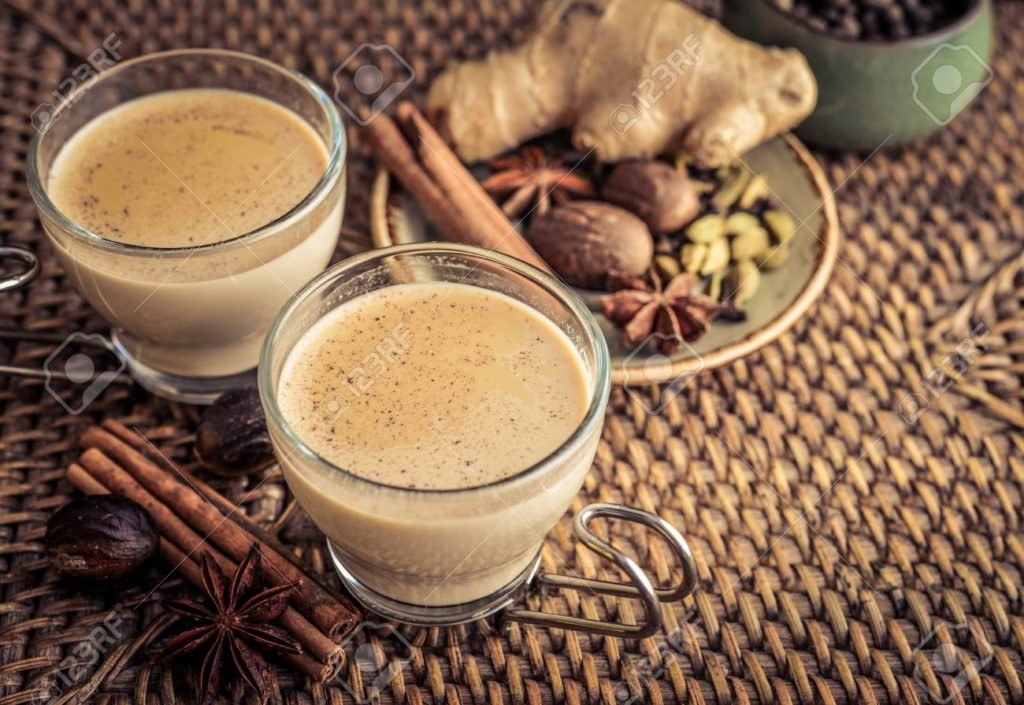
There’s nothing like the experience of stopping at a chaiwala on an Indian street and ordering a steaming cup of masala chai. The beverage has gained worldwide popularity, becoming a feature in many coffee and teahouses.
Indians make masala chai by brewing black tea with a mixture of aromatic spices and herbs.
Traditionally, the chai recipe calls for green cardamom pods, cinnamon sticks, ground cloves, ground ginger, black peppercorn, and black tea leaves.
In international tea shops, it’s often sold in a teabag form, with a variety of revolving recipes.
But once combined with steaming hot milk (or your favorite non-dairy milk!), it’s delicious all around, whether found in India, your hometown, or made by you with the help of Chef Marie!
12. Lassi
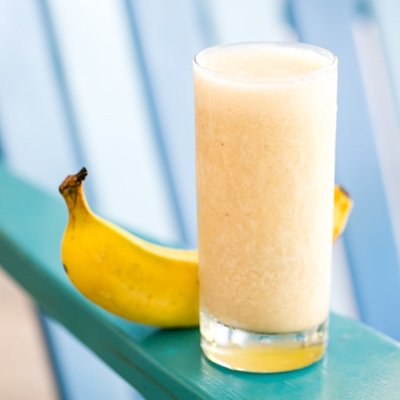
Lassi’s are yogurt-based drinks made with water, spices, and sometimes fruit. Mango or cardamom-flavored lassis are some of the most popular, but did you know that there are also savory ones? Milk and salt might not sound good to you, but in India, it’s not so uncommon.
For dairy-free folks, simply use a substitute. There are a variety of plant-based yogurt options like cashew or soy!
Make Your Own Indian Dishes
As mentioned above, you can find all of Chef Marie’s delectable Indian dishes (and more!) in her Eating Clean Cookbook. Bon appétit!


